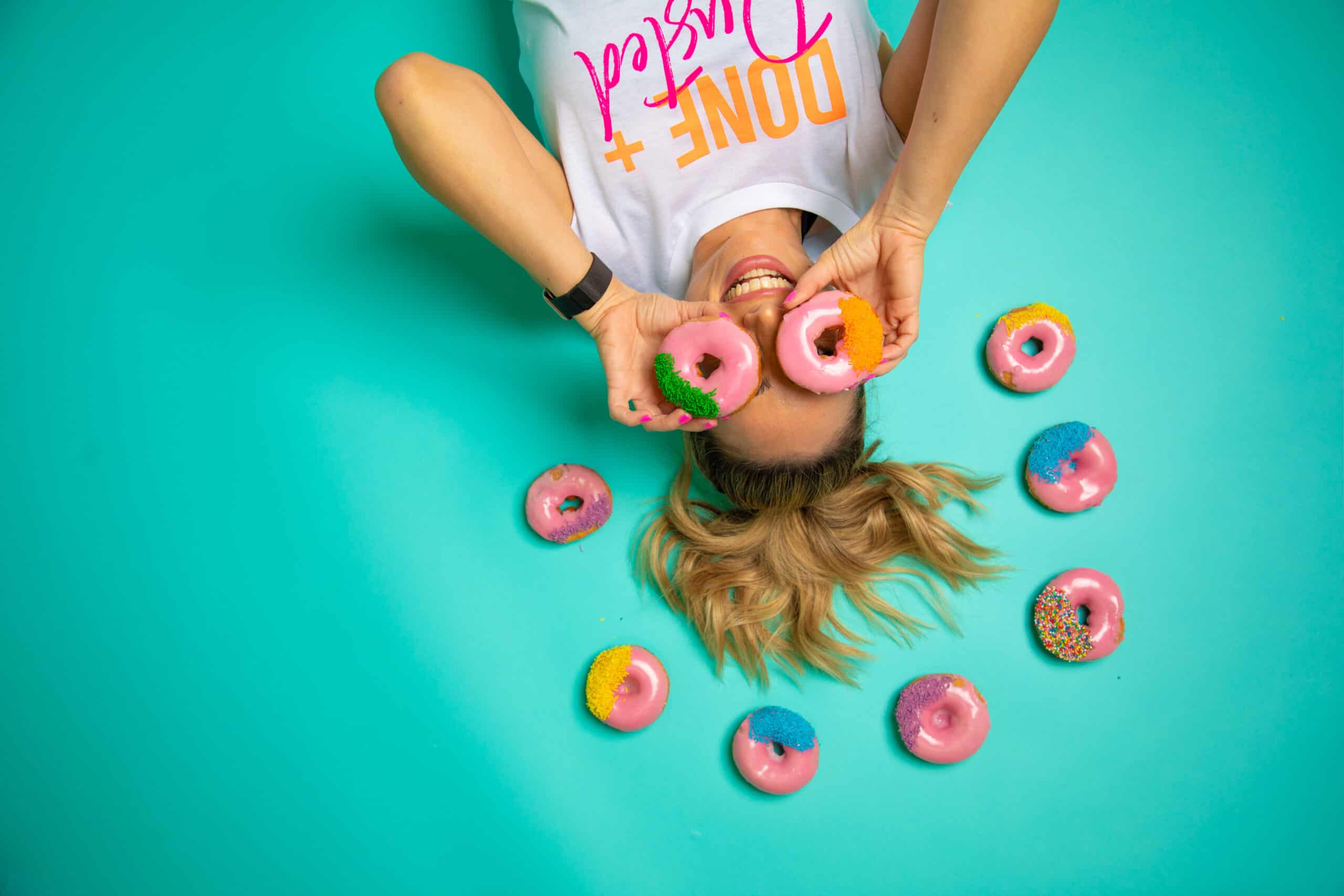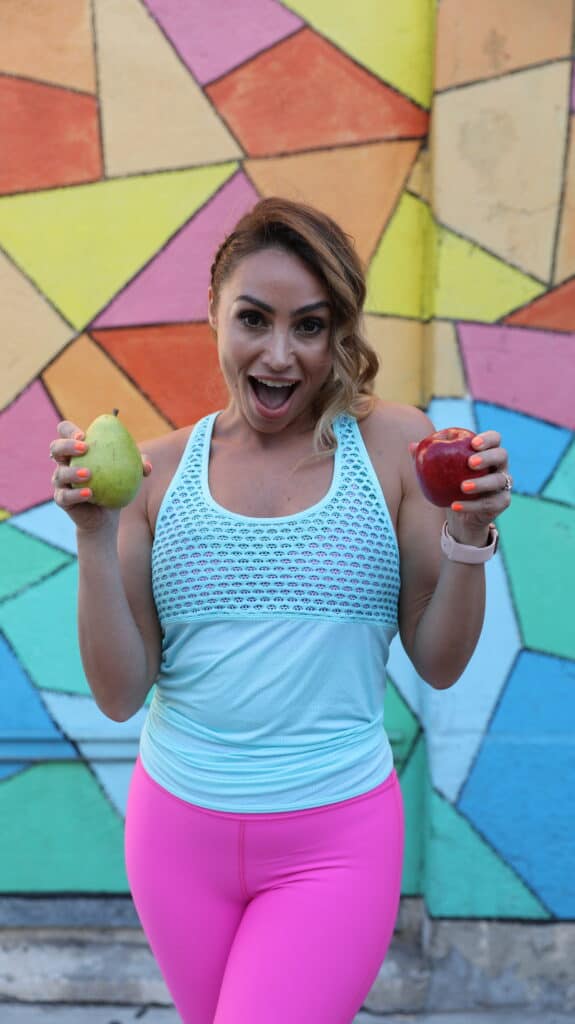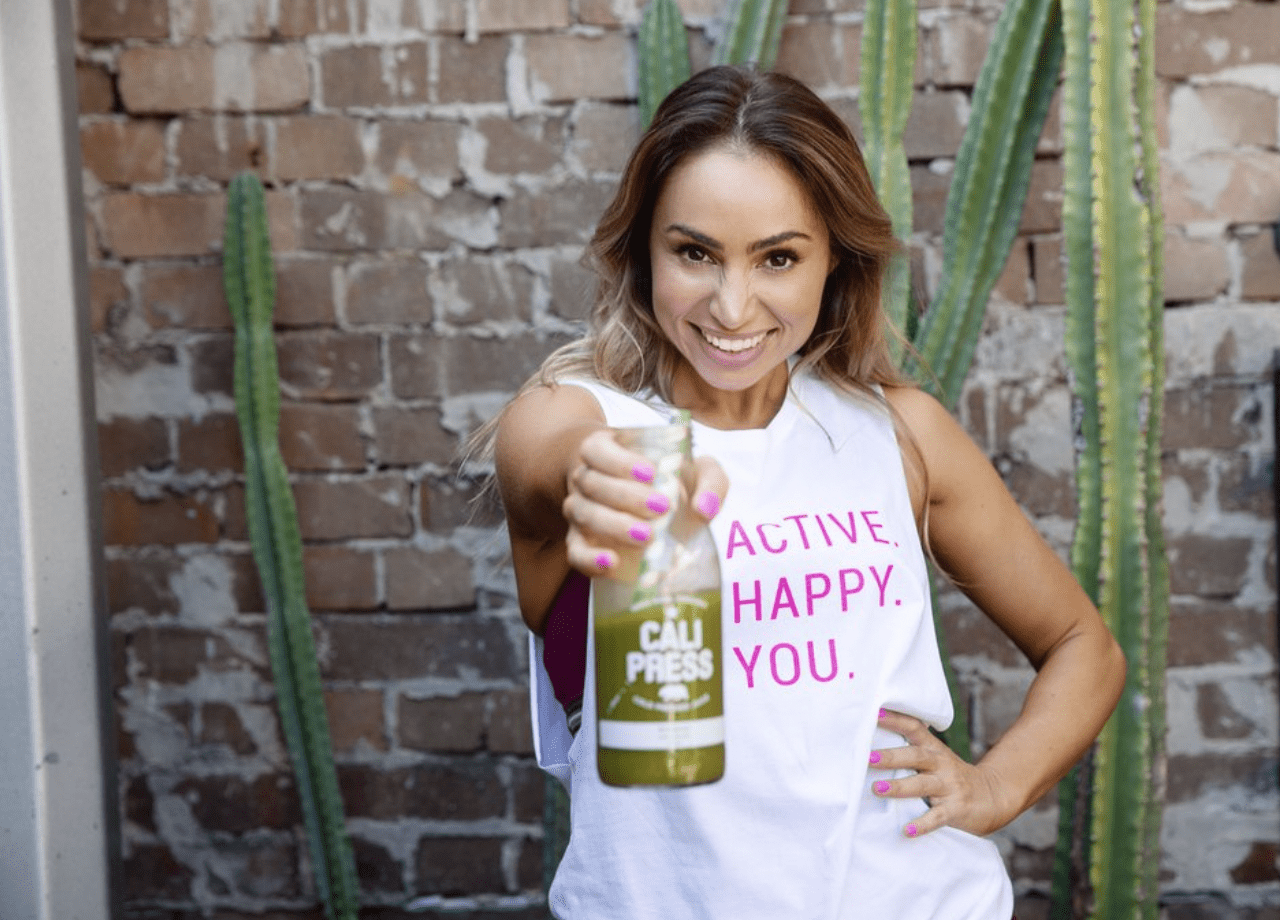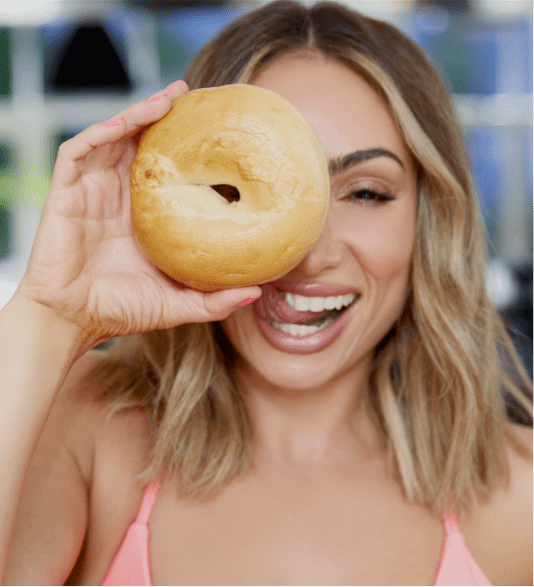 Meals
read more >
Meals
read more >

One Thing You Need In Your Diet To Assist Weight Loss
Losing weight is never easy. The myriad of diets available are a pretty good indication of this! However, often forgotten (or avoided) but crucially important, is fibre and its role in helping you shed those pounds.
Losing weight is never easy. The myriad of diets available are a pretty good indication of this! However, often forgotten (or avoided) but crucially important, is fibre and its role in helping you shed those pounds.
No matter what way of eating you choose to live by, the research out there is consistent. Increasing your fibre intake can not only help you lose weight and keep your gut healthy, but also has a role in preventing chronic conditions such as diabetes and heart disease.
Unfortunately, the reality is, most of us completely fall short of the mark on getting enough in our diet, missing out on all these amazing benefits. So read on, to get some great hints and tricks to help you jump on the fibre bandwagon!
So firstly we need to understand, what exactly is fibre and why do we need it?
Bare with us here briefly, a tiny bit of theory is important to just get a basic understanding of what fibre is and what you’re putting into your body. Fibre is a plant-based form of carbohydrate that we as humans lack the ability to digest. In general the two types of fibre are soluble and insoluble. There are more variations (such as resistant starch), but I want to avoid theory overload and just get the main message across.
The soluble kind dissolves in water (hence the name), forming a gel like substance in your stomach. This then helps you feel full as it fills up your tummy and slows the digestive process.
The Insoluble kind doesn’t dissolve in water, its not digested so passes through your gut and is eliminated through your poop. Sometimes called “roughage”, it absorbs water so helps you keep regular bowel movements.
Both of these forms (and the others not mentioned) also help the production of good bacteria in our large intestine, improving our gut health.
In practice, we don’t need to be obsessed about the different types, as often enough they exist together in foods and supplements. Take apples for example, the skin is insoluble and the flesh is soluble.
Lastly, when you see “dietary fibre”, it basically means the sum total of all these different types of fibre that you eat.
So, why do we need it?
Well there are a few reasons actually:
- Fibre helps make our bowel movements softer and more regular, preventing not so lovely things like hemorrhoids and constipation.
- They help keep our bowels healthy by feeding our good gut bacteria what they need to thrive, optimising our microbiomes!
- Fibre also helps lower our risk of heart disease, stroke, and type 2 diabetes. That’s because it helps lower cholesterol and help control blood sugar.
But, can increasing my fibre help with weight loss?
What makes fibre the cheeky little secret for weight loss success? Well, generally speaking, to lose weight we need to burn more energy than we consume. This often leaves us hungry, or even worse,“hangry” that dreaded state of hungry anger…
So enter fibre-rich foods, which are often low in calories, but high in providing us with a feeling of fullness and satiety. They help satisfy our appetites by all the points we’ve mentioned, filling up our stomachs, slowing digestion and stabilising our blood sugar.
So we feel MORE satisfied with LESS calories!
How Much Fibre do we really need?
According to most dietary guidelines around the world, adults should consume anywhere between 25 to 30 grams of dietary fiber daily.
In reality, most would be lucky to be getting about 15 grams (half the recommended amount!). It’s also important to note that we should not go overboard either. Very high-fibre diets (more than 40 g daily) are linked with decreased absorption of some important minerals such as iron, zinc and calcium and could increase the risk of developing deficiencies of these minerals in susceptible people.
What’s the best way to increase our fibre intake?
Slow and steady, with lots of water, is the key. A sudden increase in fibre and/or an insufficient increase in water intake at the same time, could lead to gas, bloating, and constipation. Water is a real key when trying to introduce more fibre into your diet, don’t forget about it!
Some simple tips:
Try one tip a week. By week four or five, you should be up to the full 25-30 grams.
Are there any side effects to watch out for? Doesn’t it cause bloating?
Yes it can… Adding fiber to the diet can have some side effects, such as abdominal bloating or gas to constipation and tummy cramping. This can especially be made worse if you try to go from zero to hero and add too much fibre too quickly.
A great tip I found was this: to ease into a diet higher in fiber, first figure out how much fiber your gut is used to getting each day by tracking your fiber intake over the course of a few “typical” days. After that, gradually add an additional three to five grams every two to three days or so, until you hit the recommended daily amounts.
So the message is:
It’s also important to note, that some people with certain medical conditions (for example, inflammatory bowel disease or irritable bowel syndrome) may not do better with increased fibre, so you should always consult your physician before make any changes.
What are our top 10 most Fibre Rich Foods!
Remember, if you want to lose weight, eat these foods instead of foods with little-to-no fiber, not in addition to them! Because the goal is to eat less calories, not more.
1. Psyllium
Often sold as a fantastic fibre supplement, the husks of the psyllium seed is super rich in soluble fiber. Yes there are products like Metamucil that are made from psyllium husks, however, these types of commercial products often contain artificial flavouring. My preference is always where possible to go for whole foods and you can find psyllium husks in their original form in health food stores, some supermarkets and pharmacies. Psyllium has now become part of my morning routine. I add 3 teaspoons to a large 500ml cup of liquid, this is either fruit or tea infused water for flavour and to help make it palatable. This is a great filling start to my morning and I know I’ve hit some of my daily fibre intake right off the bat.
2. Oats
Another great fibre rich way to start the day is with Oats. However not all oats are created equally. Make sure to go with old-fashioned rolled oats, or steel cut oats as often instant oats are full of flavours and sugar. To make them even more filling, cook them with twice the amount of liquid and for longer, they will swell and become even creamier. I often just use water for a lower calorie serving or unsweetened almond milk. Add some fibre rich fruit to top it off and you can hit so much of your fibre intake in this one meal.
3. Chia seeds
This awesome nutritional powerhouse is the highest combined plant based source of omega-3, fibre and protein. With a whopping 6g of fibre per tablespoon, chia seeds can be an excellent way to jazz up your smoothie, salad or porridge. Try making a chia pudding as tasty fibre rich treat!
4. Lentils, cooked
Not only do they have about 16 grams of fibre per cup, but lentils make an excellent source of protein with nearly 18 grams in that same cup serving. It’s a bonus that are super easy and quick to cook, making it an easy way to get a fibre rich food in.
5. Chickpeas
With nearly the same amount of fibre as lentils, chickpeas are also a fabulous way to get a fibre rich food into your diet. Easy to add to salads or make your own version of hummus dip!
6. Raspberries
“Nature’s candy” is what I like to call these vibrant little berries. What you might not have known is not only are they are jam packed with vitamin C and numerous other antioxidants but they have an awesome 8 grams of fibre per cup! Perfect as a snack on their own, add to your favourite yoghurt for some sweetness or blend up some frozen berries for a morning smoothie.
7. Apples
Well the saying is “an apple a day keeps the Dr away” and whilst it just be be a nice saying, one thing’s for sure is that this tasty fruit has 4 grams of fibre in a small snack size, so get one into your day, but of course keep the peel on as this is where a lot of the goodness lies. I also prefer the Granny Smith as it tends to have less sugar then the other varieties.
8. Broccoli
We all know It’s so important to eat our greens! This cruciferous vegetable often associated with bloating and can sometimes give you gas, actually has just over 5 grams of fibre per cup. Just a little tip; If you cook them it can help reduce those unwanted symptoms.
9. Edamame Beans
Most of you might order these at your local sushi joint but edamame are packed full of protein and contain about 8 grams of fibre per cup. So eat up and enjoy this low-calorie snack!
A Day Of 4 Awesome High Fibre Low Calorie Meals
1. Get almost all your fibre in with this breakfast:
2. One Of These As A Great Afternoon Snack
3. The Perfect Salad
My Tomato, Avocado & Lentil salad:
4. Dessert: Chia Pudding
When I have a sweet craving this is a go to super filling tasty treat. Check out our recipe here. With a whopping 20g of fibre in one serving, this dessert is not only good for you but is a super tasty treat that won’t break the calorie bank.






LEAVE A COMMENT